You're nor right about standard because, in fact, this was a standard! Widely used up to around 1960's, especially in Europe. You can find that resistor symbols on almost every schematic of vacuum-tube-based device made in Europe in these past days.
Line(s) inside a resistor indicates its wattage in following manner (typically, but not always):
Three slanted lines [ /// ] - 0,05W
Two slanted lines [ // ] - 0,125W
One slanted line [ / ] - 0,25W
One "parallel" line [ - ] - 0,5W
One "perpendicular" line [ | ] - 1W
Two lines [ || ] - 2W
Letter V [ V ] - 5W
Letter X [ X ] - 10W
The most "recent" standard which recalls that symbols is (in my country Poland) PN-89/E-01215 - it is based on international standard IEC 617-4/1983. But in IEC standard there is only a general symbol of resistor - rectangle. Resistor symbols with lines inside are widely used in books about electronics from "cold war era" and of course in manufacturers schematics. Sometimes You can find a legend somewhere in the schematic which explains non-standard or non-typical symbols. And sometimes it would make a little bit of confusion - I've seen a schematic where resistors have left-slanted and right-slanted lines to indicate different wattages, where one slanted line indicates 0,125W, where roman digits indicates non-typical wattage [ VI ] for 6W resistor, etc.
If there is no lines inside resistor rectangle and any legend assume 0,25W - this is the most used wattage.
